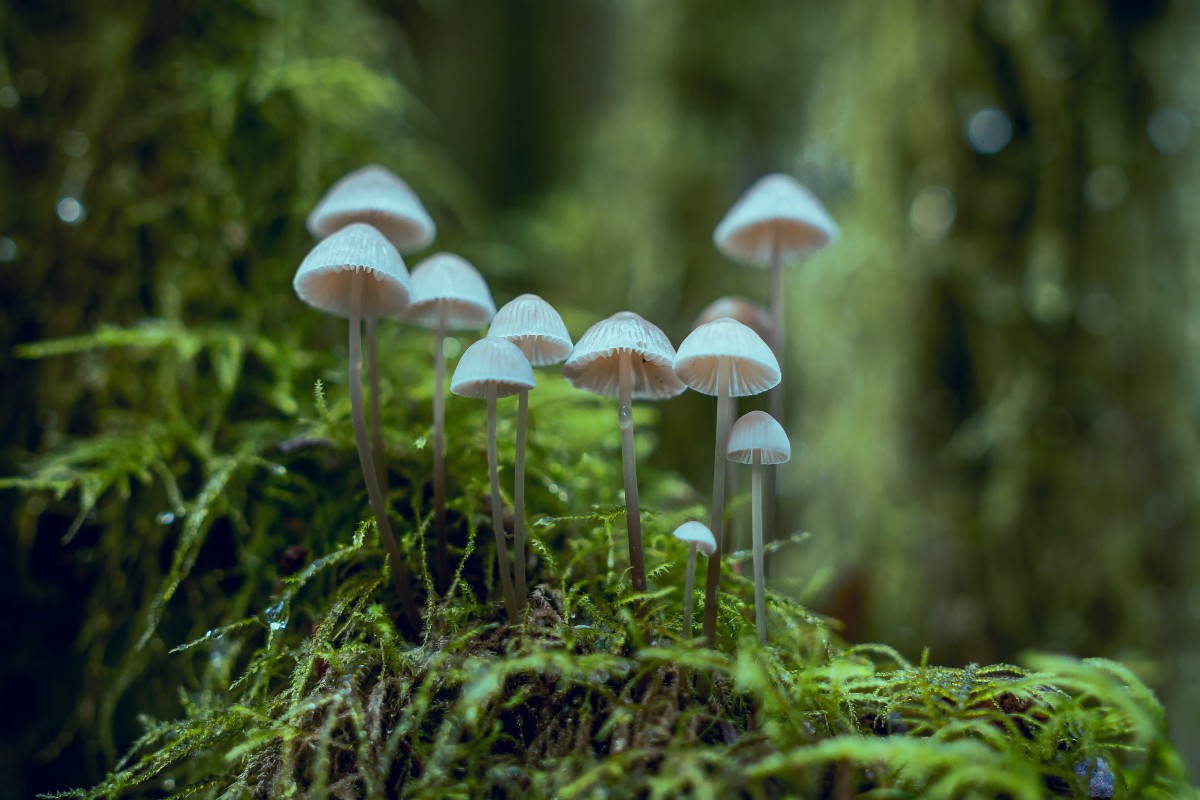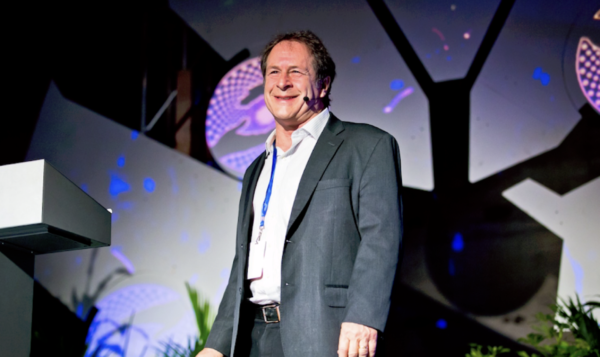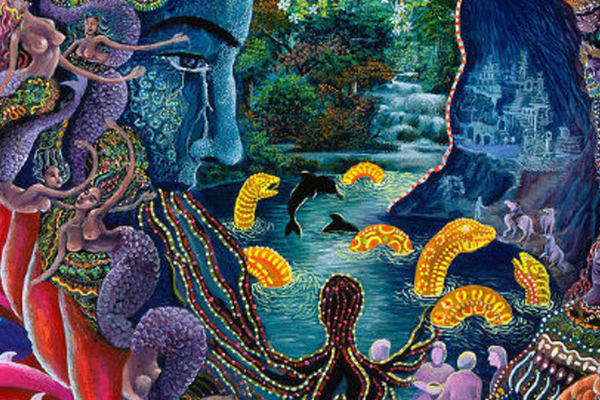
Australia, we did it. The first country to formally recognise psychedelics as medicines. Which of course, is what they were and always have been. The decision to criminalise the use of psychedelics is only a recent memory. However, history paints a different picture with psychoactive plants being used as a healing tool for hundreds, if not thousands, of years.
The Therapeutic Goods Administration (TGA) announced that from July, certain psychedelics will be considered schedule 8 drugs – meaning they’re approved for controlled use when prescribed by a psychiatrist. This comes after a plethora of studies published around the healing potential of psychoactive substances to treat certain mental health conditions. The drugs include MDMA for the treatment of post-traumatic stress disorder (PTSD), and psylocibin for treatment-resistant depression. Whilst the rescheduling took many by surprise, countless advocates who have been laying the groundwork for decades are relieved, including Mind Medicine Australia, who made the successful applications to the TGA.
The momentum for psychedelic therapy has been gaining traction in recent years. The conversation around altered states of consciousness is now loud and proud, and remarkably being well received. Mainstream media is saying that we are a society becoming more progressive. Yet, ancient culture would argue that we are only starting to remember our ancestral past. The scientific data undeniably favours therapeutic use of plant medicine. It seems the typically voiceless plant intelligence, is finally speaking for itself.
It was only in 1968, that use of psychedelics was outlawed by the U.S. federal government. Whilst hippy counterculture was running rampant, use of these drugs, particularly LSD, became closely associated with anti-war demonstrations. Before this time, psychedelic therapy, based on the work by psychiatrists Humphry Osmond and Abram Hoffer, was taking off. It involved a single large dose of LSD alongside psychotherapy. Osmond and Hoffer believed that hallucinogens are helpful therapeutically because of their powerful ability to make patients view their condition from a fresh perspective.
Some 40,000 patients were prescribed one form of LSD therapy as treatment for neurosis between 1950 and 1965. As well as similar psychedelics having promising results for treating depression, PTSD, addiction, OCD, relationship issues and other conditions. During this period over 1,000 scientific papers had been produced and six international conferences were held regarding the research and potential healing effects of hallucinogens.
Research came to a halt throughout the War on Drugs, with many practitioners and researchers having to go underground. The 1990s, however, saw a renewed interest in the field. During this time, Ethnobotanist and psychedelic advocate Terence McKenna published a book called ‘Food of the Gods’. This publication explored humans’ symbiotic relationships with plants and chemicals. He surmised that Homo sapiens’ cognitive leap forward was owed to their discovery of magic mushrooms. This theory was as controversial as McKenna himself.

More recently, the ‘Stoned Ape Theory’ gained a new supporter, mycologist Paul Stamets, who suggests that McKenna was right all along. At Psychedelic Science 2017, Stamets presented “Psilocybin Mushrooms and the Mycology of Consciousness” regarding the theory. He advised that the hypothesis is a plausible answer to an age-old evolutionary riddle. “What is important for you to understand is that there was a sudden doubling of the human brain 200,000 years ago. From an evolutionary point of view, that’s an extraordinary expansion. And there is no explanation for this sudden increase in the human brain” Stamets explained. McKenna’s notion constitutes a “very, very plausible hypothesis for the sudden evolution of Homo sapiens from our primate relatives.”
Even if you believe the stoned ape theory is a bit far-fetched, it does arouse curiosity around humans and our relationship to mind-altering substances. Amanda Feilding of the psychedelic think tank Beckley Foundation states, “The imagery that comes with the psychedelic experience is a theme that runs through ancient art, so I’m sure that psychedelic experience and other techniques, like dancing and music, were used by our early ancestors to enhance consciousness, which then facilitated spirituality, art, and medicine.”
Psychoactive plants have been used by non-Western cultures as sacramental tools throughout millennia. They have shaped the course of various established religions and are still used around the world today as part of religious ceremonies. This is well documented in texts from ancient Greece, and Sanskrit texts that form the Hindu religion. Modern day practice includes the Amazonian use of Ayahuasca, the Native American traditions surrounding the Peyote cactus, and the worldwide use of psychoactive mushrooms such as some indigenous tribes in South America. Not to mention suggestibility of certain Australian Aboriginal tribes’ use of the Duboisia genus, a plant hallucinogen called Pituri.
What most of these cultures have in common is using plant medicine as part of a ceremony – usually led by a shaman. They combine techniques to alter consciousness, such as chanting and drumming, to connect to the spiritual world and induce a dreamlike state. Additionally, the ceremonies are beneficial to their communities, helping them to resist certain trappings of Western culture. These communities are largely associated with lower levels of mental illness than those who are more heavily influenced by alcohol abuse.
Furthermore, it’s not only humans that show a tendency towards inducing altered states of consciousness. Evidence shows that many species of the animal kingdom similarly consume psychoactive plants, both recreationally and medicinally. From cats, cows, reindeer and other mammals to insects and fish being attracted to hallucinogenic plants and fungi.
The rise in mental health conditions around the world has certainly been one of the catalysts for the demand of alternative options. Current treatment for many has failed. As our world gets more complex and complicated, so too does our suffering mental health. With Australia now in the limelight, what does it mean to legalise these drugs for therapeutic use?

In a recent TIME article, Rick Doblin (MAPS’ founder and executive director), commented on the rescheduling in Australia. Doblin explains “Australia’s approval of these drugs may only expedite the approval process in the U.S.” However, despite their decision to make these medicines available to patients, Australian regulators have not approved any medications. Additional adequate training for practitioners must also be undertaken. Doblin says, “The drug is not the treatment – it makes the therapy more effective, but it’s about the therapy.”
Mind Medicine Australia’s Certificate in Psychedelic-Assisted Therapies (CPAT) features a world-leading Faculty. It gives qualified clinicians the additional skills and awareness they need to facilitate psychedelic-assisted psychotherapies safely and successfully. 240 clinicians have already completed the course with many more to come. New intakes are commencing in July 2023. The 90-hour course includes a 6-day intensive utilising holotropic breathwork for all participants. This provides an effective tool for teaching therapists the power of altered states for their own healing and development. They get the opportunity to “sit” with other therapists and learn how to support the patient through these transformational experiences. It will be imperative to train as many therapists as possible over the coming years to meet the growing demand for these treatments.
An integral part of the psychedelic experience comes from its innately spiritual insights. How will therapists respond to this if they haven’t experienced it themselves or are closed off to a transcendental understanding? Dr Rick Doblin and MMA both agree that it will be important for therapists to take these medicines – resulting in a better understanding of how to integrate these experiences with other therapists in Healthy Persons’ Trials.
We need to handle this next phase with care and respectfully bridge the world of ceremony with that of psychedelic therapy. Many have voiced uncertainties around the manufacturing of these drugs. Typically, in a traditional setting there is extreme variability in dosage, which leads to drastically different experiences. This makes it difficult to measure and deal with effects for researchers and practitioners. How do you carefully create a consistent psychedelic experience? And does that perhaps take some of the magic out of it?
‘Filament Health’ is one of the countless companies trying to make psychedelic therapies more accessible. For individuals who can’t make a trip to South America, the Vancouver based company is pioneering a breakthrough medical grade Ayahuasca pill. However, the challenge now lies in striking a balance between the commercialisation and medicalisation of sacred plants.

There are also questions concerning prior and informed consent from indigenous groups for the project, as well as the allocation of money for delicate and pressing issues such as natural species conservation. On one hand, a pill can provide healing for many suffering in the West. Yet on the other, indigenous intellectual property is being made profitable whilst many remain in poverty. There must be a protocol for pharmaceutical companies respecting and paying back. Why should the West get to benefit all the time?
We need to honour the indigenous roots of the psychedelic movement. As a person who had the privilege to consume Ayahuasca in its traditional setting, I recognise the shaman’s guidance as a pivotal part of the experience. Indigenous knowledge must be incorporated to better understand these medicines and altered states of consciousness. Communities also need to be a safe container and be involved.
Rescheduling psychedelics felt like an impossible hurdle, especially in Australia. Seems the hard work is paying off, but we still have a long way to go. We must create a new paradigm. For these treatments to reach as many of those suffering as possible, we will need to develop a new set of values and skillsets. Many of us got involved in the movement because we see a new way of doing things in the world. How do we continue to push against that? With all these unknowns around how the rollout will unfold, we do know one thing for certain – the rest of the world will be watching.
REFERENCES
A brief history of psychedelic psychiatry | mo costandi (2014) The Guardian. Guardian News and Media. Available at: https://www.theguardian.com/science/neurophilosophy/2014/sep/02/psychedelic-psychiatry (Accessed: February 20, 2023).
Ducharme, J. (2023) The future of MDMA, psilocybin, and psychedelics in the U.S., Time. Time. Available at: https://time.com/6253702/psychedelics-psilocybin-mdma-legalization (Accessed: February 26, 2023).
Holyanova, byM. (2023) Vancouver Company creates World’s first ever ayahuasca pill, Psychedelic Spotlight. Available at: https://psychedelicspotlight.com/vancouver-company-creates-worlds-first-ever-ayahuasca-pill (Accessed: February 15, 2023).
The human brain doubled in power, very suddenly, 200,000 years ago. why? (2022) Big Think. Available at: https://bigthink.com/neuropsych/stoned-ape-return (Accessed: February 20, 2023).
Video: Honoring the indigenous roots of the psychedelic movement (2021) https://www.instagram.com/harvardcswr. Available at: https://cswr.hds.harvard.edu/news/2021/03/18/honoring-indigenous-roots-psychedelic-movement (Accessed: February 12, 2023).
Charlotte McAdam
I am a natural health consultant, globetrotter, music enthusiast and freelance writer specialising in the natural healthcare industry. A psychonaut, who draws from my life story and many experiences with indigenous ceremonies from around the world. I am passionate about the ancient teachings of these medicines and how they can help heal our relationship to ourselves, each other and mother earth.
